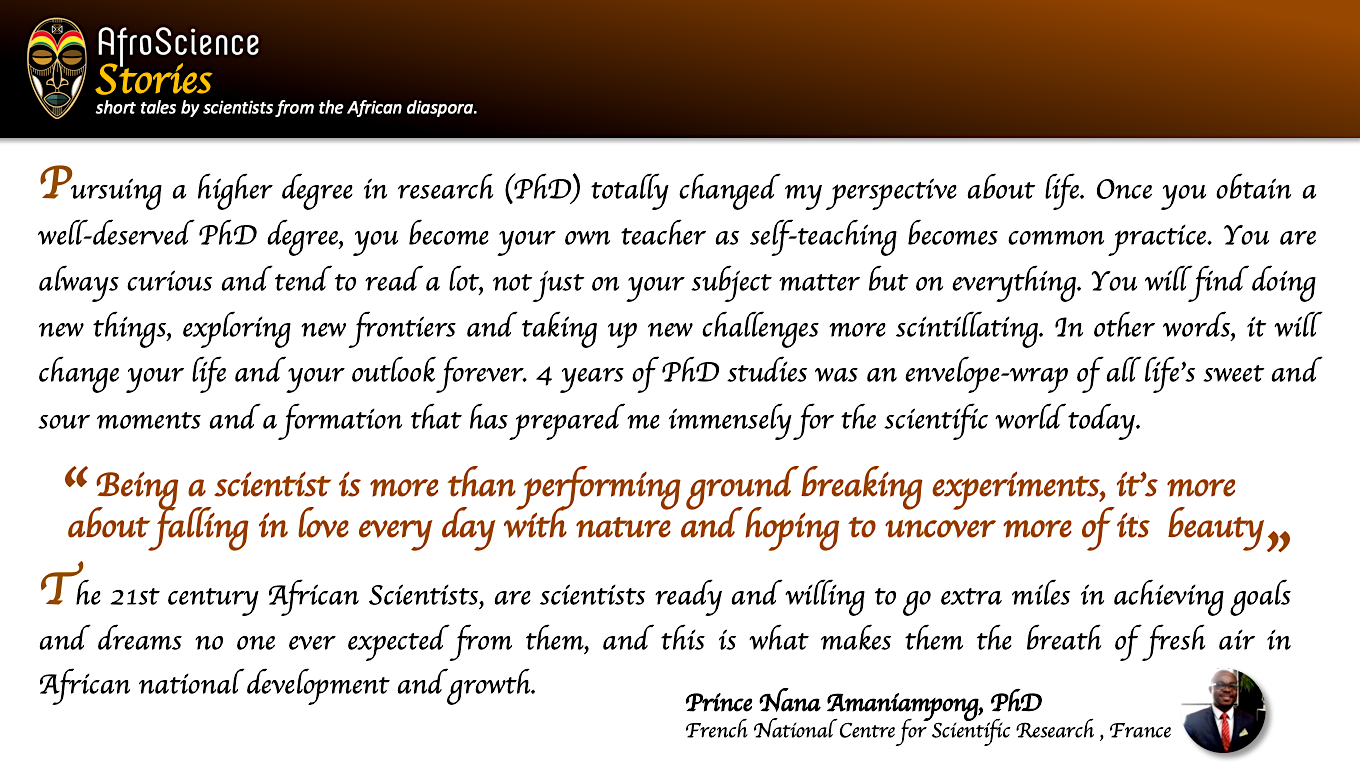Researchers from Lancaster University and the Jožef Stefan Institute have successfully demonstrated that information can be digitally transmitted using fast neutrons as an alternative to conventional wireless communication technologies.
Researchers from Lancaster University and the Jožef Stefan Institute have successfully demonstrated that information can be digitally transmitted using fast neutrons as an alternative to conventional wireless communication technologies.
Modern wireless technologies operate on the principle of electromagnetism, where electromagnetic waves are sent and received through the use of a transmitter and a receiver. Data in the form of a video, text or image is transmitted into a periodic wave by a transmitter through the wires of a communication device until it reaches the antenna of the device. Over there, the electric current is encoded into an electromagnetic wave and sent out into many directions where it may be picked up by a receiver.
The receiver picks up the waves through its antenna which converts the electromagnetic waves back into electrical signals which are subsequently converted into the original form of the data (image, sound or video). A major challenge with electromagnetic wave wireless communication in the form of electromagnetic waves is that the waves cannot travel through solid objects which becomes a problem in cities where there are many tall buildings.
To address this challenge, the researchers configured nuclear instruments to enable them to transmit digitally encoded information using fast neutrons from californium-252. Unlike electromagnetic waves, fast-moving neutrons are able to travel through solid objects and could possibly eliminate the need for investments in repeaters.
The researchers used low dosage levels within regulatory requirements to avoid any harmful effects. The technology, albeit new, is already very promising and could find application in deep space communication in the future.
Further reading: Wireless information transfer with fast neutrons
Conflict Of Interest
The views and opinions expressed in this article are those of the author, and they do not purport to reflect the policies, opinions, or views of the AfroScience Network platform.
Disclaimer
This article has not been submitted, published or featured in any formal publications, including books, journals, newspapers, magazines or websites.
Be the first to comment
Please login to comment










